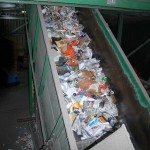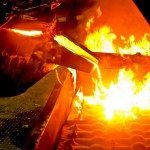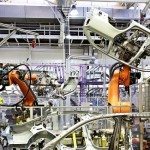Many times a day at a busy power plant in Ohio, a barge unloads onto a fast moving belt. The familiar noisiness of a speeding conveyor belt being loaded should be reassuring, but when the load zone is losing material, dust is clouding the impact area and components are covered with escaped product; it is clear that adjustments need to be made as soon as possible.
The preceding scenario, productivity coupled with real problems, played out continuously at this large power plant. This led to extreme inefficiency, safety risks, environmental concerns and wear-and-tear on equipment. A growing frustration with standard solutions led the client to contact Richwood to request an evaluation of their application. The details of the application and the resulting recommendations are outlined in the following.
The power plant uses 48 in. belts running at 750 ft/min. and 2000 tph for clean coal.
The challenge
The immediate concern was the safety hazard created by escaping material. Extreme pressure was blowing out the material and shooting it up the belt line. In spite of best efforts, dust and debris were not sealed or controlled in the load zone.
When evaluating a loading area, it is critical to keep in mind the fundamentals of successful load zone design. It is not enough to chase ‘symptoms’ by focusing on the smaller details, though they are important. For a real solution, it is necessary to examine the big picture – and that means considering a load zone from the ground up.
If a checklist was to be made, a well designed and working load zone would have to include the establishment of:
Constant belt elevation.
Proper belt support.
Impact protection.
Containment of bulk material.
Wear protection.
Sealing of dust and fines.
This application was no different.
The first step
Read more: Steps to Success







